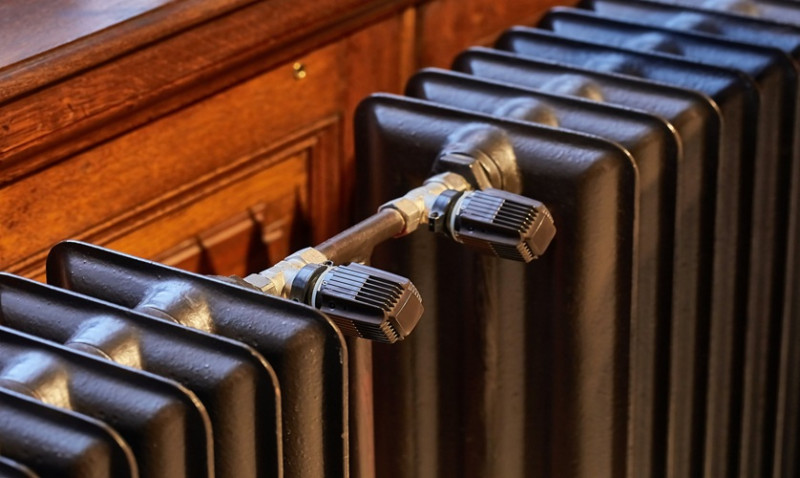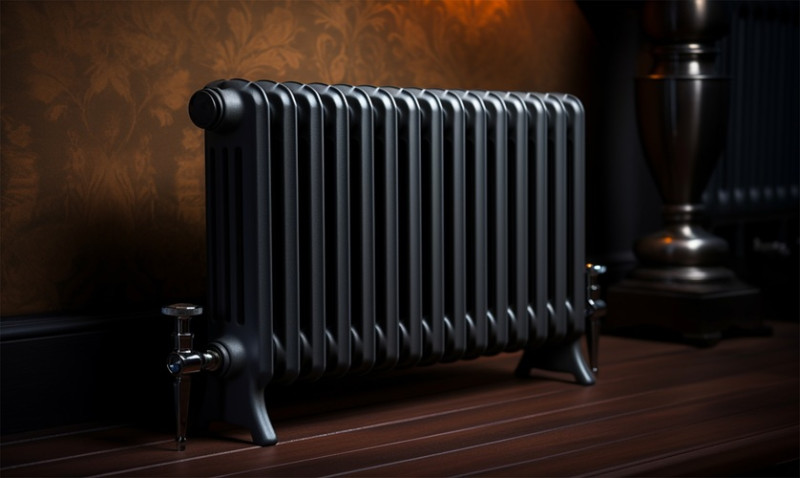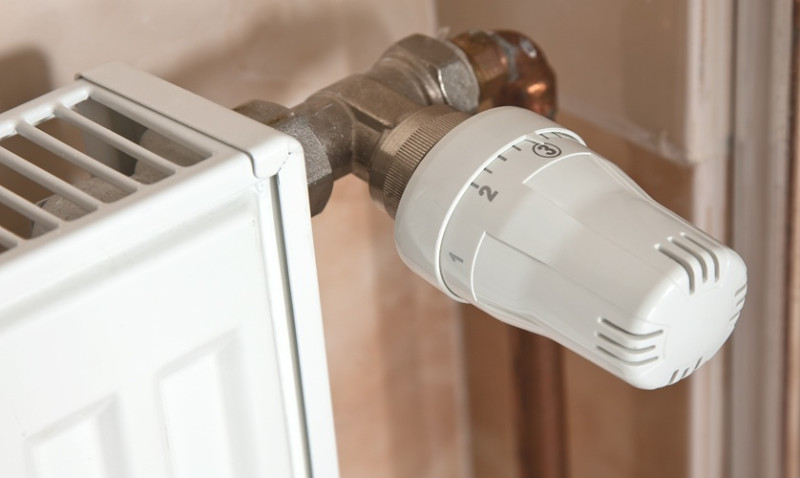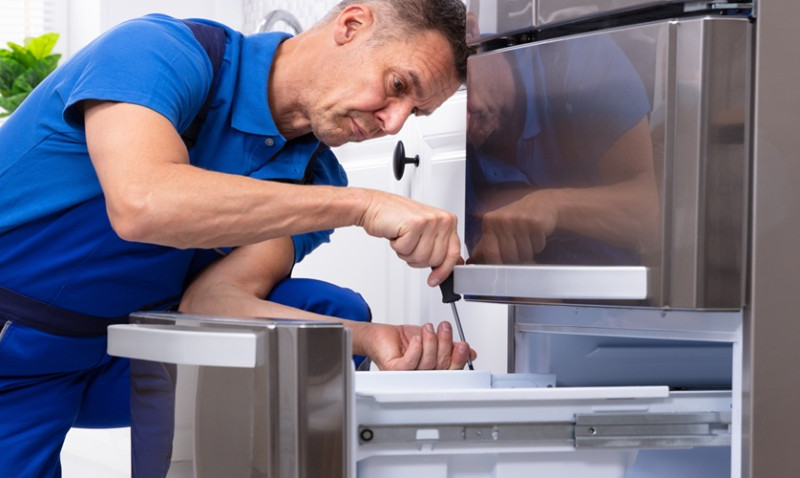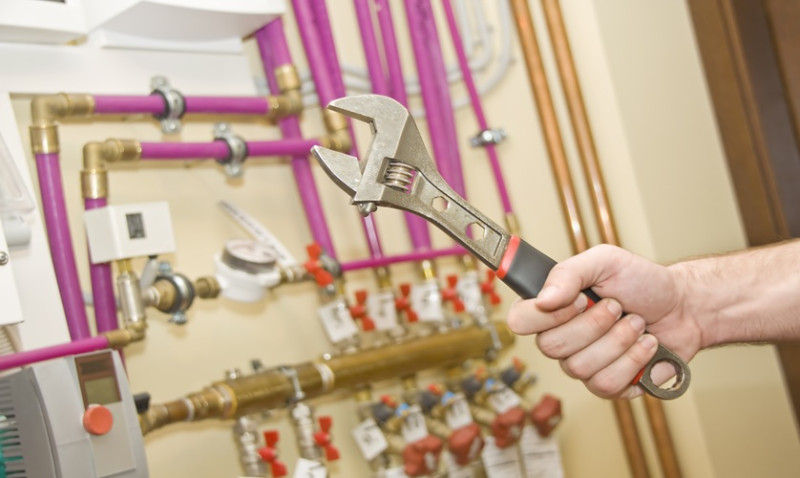
When it comes to heating your home in the UK, there's no one-size-fits-all solution. The ideal system depends on several factors—your home’s size, insulation, budget, and personal preferences. Whether you're a professional tradesperson looking to recommend the best solution to your client, a DIY enthusiast upgrading your heating setup, or a young homeowner redecorating with comfort in mind, understanding the available heating systems and their nuances is crucial.
This guide will walk you through 12 different types of home heating systems used in the UK, outlining their pros, cons, efficiency, and suitability for different property types.
1. Gas Central Heating
Gas central heating is the most common system in the UK and relies on a gas-fired boiler to heat water, which is then circulated through radiators. This setup is tried, tested, and reliable. Most UK homes have access to mains gas, which makes installation straightforward and cost-effective.
The advantage of gas central heating is its efficiency and ability to heat a home fairly quickly. Modern condensing boilers are up to 90% efficient, helping you cut energy bills and reduce environmental impact.
However, if you're not connected to the gas grid, this system involves costly installation of LPG storage or an oil-based alternative. Also, gas systems require annual servicing and carry risks such as carbon monoxide leaks if not maintained properly.
Gas central heating remains a solid choice for most households, especially where gas access is available and insulation meets modern standards.
2. Electric Storage Heaters
Electric storage heaters operate by storing heat overnight using cheaper off-peak electricity, usually under an Economy 7 tariff. This stored heat is gradually released throughout the next day.
They are relatively easy to install since they don't require a complex heating system or pipework, making them a popular choice for flats and properties not connected to the mains gas grid.
While this system can save money on electricity if used wisely, controlling the release of stored heat can be challenging. You may find your home loses warmth during the evening when it’s typically most needed.
Recent digital storage heaters offer better control and energy efficiency, but initial investment can be higher. Ideal for smaller homes or secondary heating in specific rooms.
3. Oil Central Heating
For homes that aren’t connected to the gas network, oil central heating is a viable alternative. It uses an oil-fired boiler to heat water for radiators and hot water supply.
Oil is an efficient fuel source and can provide powerful heating for large rural homes. You’ll need an external storage tank and regular deliveries to keep the system operational.
One of the key drawbacks is price volatility—oil prices can fluctuate based on global market trends. It also lacks the convenience of mains gas or electric systems due to the need for fuel storage and refills.
This system is best suited for countryside properties or off-grid homes that need robust, whole-house heating capabilities.
4. LPG Heating
Liquefied Petroleum Gas (LPG) is another alternative for homes not connected to the gas network. It’s similar to gas central heating but uses a pressurised cylinder or tank to store the fuel.
LPG systems are compatible with most modern gas boilers, providing flexibility and the ability to use efficient condensing boilers. It's also cleaner than oil in terms of emissions.
However, running costs are generally higher than mains gas, and you’ll need to manage and monitor your fuel supplies to avoid running out, especially during winter.
LPG is a popular option for mobile homes, cabins, and rural properties where aesthetics and environmental impact are considerations.
5. Air Source Heat Pumps
Air source heat pumps (ASHPs) extract latent heat from the air outside—even in low temperatures—and convert it into usable heat inside your home via a refrigeration cycle.
ASHPs are among the most eco-friendly options available and qualify for government incentives like the Boiler Upgrade Scheme. They're extremely efficient, producing up to 3kWh of heat for every 1kWh of electricity used.
However, the initial cost of installation is relatively high, and ASHPs work best in well-insulated homes with underfloor heating or large radiators due to their lower output temperatures.
If you’re building a new home or committing to a full energy retrofit, ASHPs offer great long-term savings and sustainability.
6. Ground Source Heat Pumps
Ground source heat pumps (GSHPs) work similarly to ASHPs but draw heat from the ground through buried pipework. These systems can be more efficient and perform more consistently year-round.
Like ASHPs, they require a well-insulated house and are more suited to underfloor heating systems. Installation involves extensive groundworks, which can be costly and disruptive.
Though the up-front investment is significant, GSHPs shine in properties with plenty of outdoor space and in new-build or large-scale renovation projects. They often come with renewable energy grants and reduce your dependency on fossil fuels.
7. Infrared Heating Panels
Infrared heating works by warming surfaces and objects in a room rather than the air. Heating panels can be wall or ceiling-mounted and are powered by electricity.
This type of heating is clean, silent and requires no maintenance. It’s ideal for small rooms, bathrooms, garden offices, or areas used sporadically. Infrared heaters are sleek in design and can double as mirrors or decorative panels.
Because they heat people and objects directly, these panels can create a rapid sense of warmth even in draughty spaces.
However, infrared systems don’t offer the whole-home consistency of central heating, making them more suitable for supplemental or zone heating.
8. Biomass Boilers
Biomass boilers burn organic materials such as wood pellets, chips or logs to produce heat. They're a renewable alternative to traditional fuel systems and qualify for many environmental incentives.
Biomass systems are ideal for rural properties with space for fuel storage and regular access to biomass fuel providers. They can be connected to existing radiators and hot water systems.
Initial installation and fuel storage requirements can be expensive and space-consuming though. Also, ongoing maintenance is essential to keep the system running safely and efficiently.
For eco-conscious homeowners or those living in off-grid areas, biomass offers an effective, sustainable heating choice.
9. Underfloor Heating
Underfloor heating (UFH) can be electric or water-based and provides highly efficient, evenly distributed heat from beneath the floor.
UFH is especially effective in open-plan areas or rooms with lots of natural light, where radiators might be less visually appealing. It works best with tiled or stone floors but is compatible with engineered wood and laminate as well.
Electric systems are easier to install in single rooms, while wet systems are more efficient for whole homes, particularly in new builds or major renovation projects.
This heating method frees up wall space and provides a clean, modern aesthetic—but proper insulation and careful planning are essential to optimise performance.
10. Electric Radiators
Modern electric radiators are a far cry from old-school conventual heaters. Sleek designs, digital thermostats and programmable heating schedules make them smart and efficient.
These systems are highly flexible and ideal for flats, rental properties or areas where piping a full system isn't feasible. Installation is straightforward and maintenance needs are minimal.
Though electricity is more expensive per unit than gas, many models now include energy-saving features and zoning capabilities to help minimise running costs.
They’re a good supplementary option or a full-system alternative in small to medium-sized homes with high insulation standards.
11. Hybrid Heating Systems
Hybrid systems combine two heating sources—typically a heat pump and a gas boiler—switching between them automatically based on efficiency and outside temperature.
This "best of both worlds" approach ensures maximum efficiency and reliability. In milder temperatures, the heat pump provides eco-friendly warmth. During cold snaps, the gas boiler kicks in for rapid heating power.
Hybrid systems are especially beneficial during the transition to low-carbon technologies, offering flexibility while reducing your carbon footprint.
Ideal for homeowners who want the benefits of renewable technology without fully committing to a heat pump alone.
12. Hydrogen-Ready Boilers
Hydrogen-ready boilers are designed to run on natural gas now and be easily converted to hydrogen in the future as the UK transitions to a hydrogen-based energy grid.
These boilers function similarly to gas boilers and can be integrated easily into existing central heating systems. When hydrogen becomes more available, your system can be easily adapted with minimal disruption or cost.
While hydrogen infrastructure is still in its infancy, it's a promising development for homeowners wanting a future-proof solution without investing in a completely new system today.
Keep an eye on government trials and policy developments as this technology becomes more mainstream in the coming years.
Choosing the Right Heating System for Your Home
With so many heating systems available, choosing the right one for your property can be overwhelming. Here's a comparative overview to help you decide:
| Heating Type | Best For | Energy Type | Installation Cost | Efficiency |
|---|---|---|---|---|
| Gas Central Heating | Most UK homes with gas | Gas | Low-Mid | High |
| Electric Storage Heaters | Flats, off-grid homes | Electric | Low | Moderate |
| Oil Central Heating | Rural homes | Oil | Mid | Moderate |
| LPG Heating | Off-grid, mobile homes | LPG | Low-Mid | Moderate |
| Air Source Heat Pump | Well-insulated homes | Electric | Mid-High | Very High |
| Ground Source Heat Pump | Homes with land | Electric | High | Very High |
| Infrared Panels | Individual rooms | Electric | Low | Moderate |
| Biomass Boiler | Eco-conscious, rural | Wood fuel | High | High |
| Underfloor Heating | Modern & open-plan homes | Electric/Water | Mid-High | High |
| Electric Radiators | Flats & rentals | Electric | Low | Moderate |
| Hybrid System | Transitional users | Gas + Electric | High | Very High |
| Hydrogen-Ready Boiler | Future-proofing option | Gas (Hydrogen later) | Mid | High |
Final Thoughts
Choosing the right heating system is a balance of energy efficiency, installation cost, maintenance needs and your specific lifestyle. As the UK moves toward sustainable energy and away from fossil fuels, many homeowners are exploring renewable options like heat pumps and hybrid systems.
If you're in the middle of a renovation, building a new home, or simply upgrading your energy system, now is the perfect time to evaluate the best heating solution. Always consult with a qualified professional before making installations, and explore available grants like the Boiler Upgrade Scheme or Renewable Heat Incentive (where applicable).
Your comfort, your bills, and the environment will thank you.
